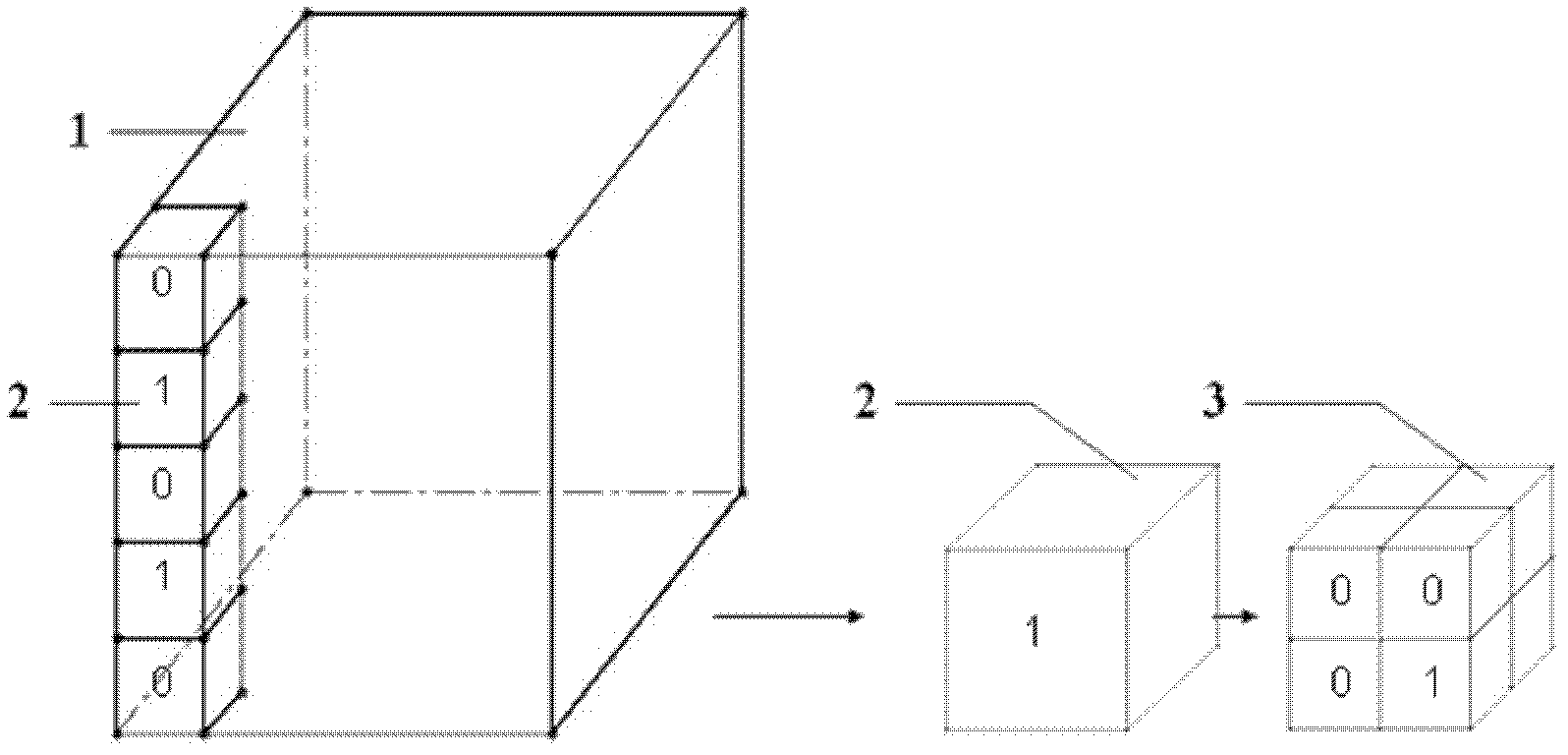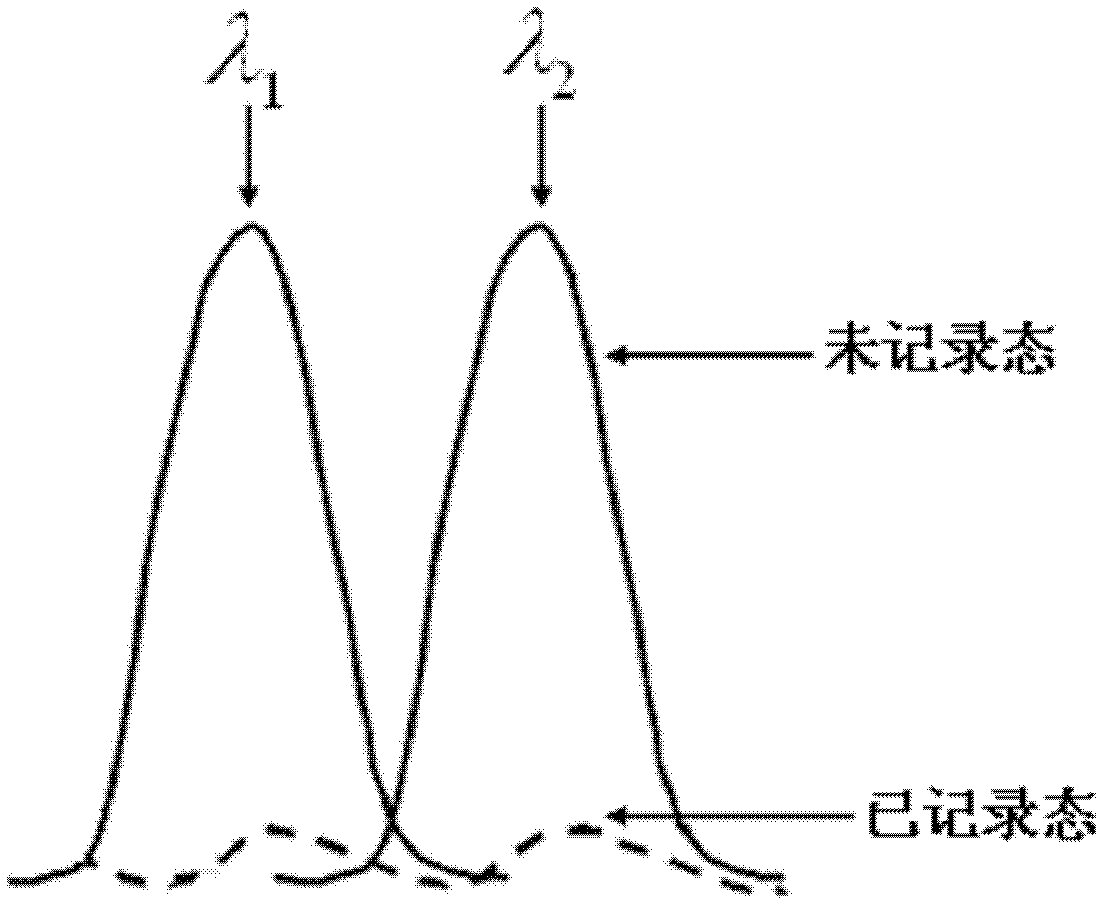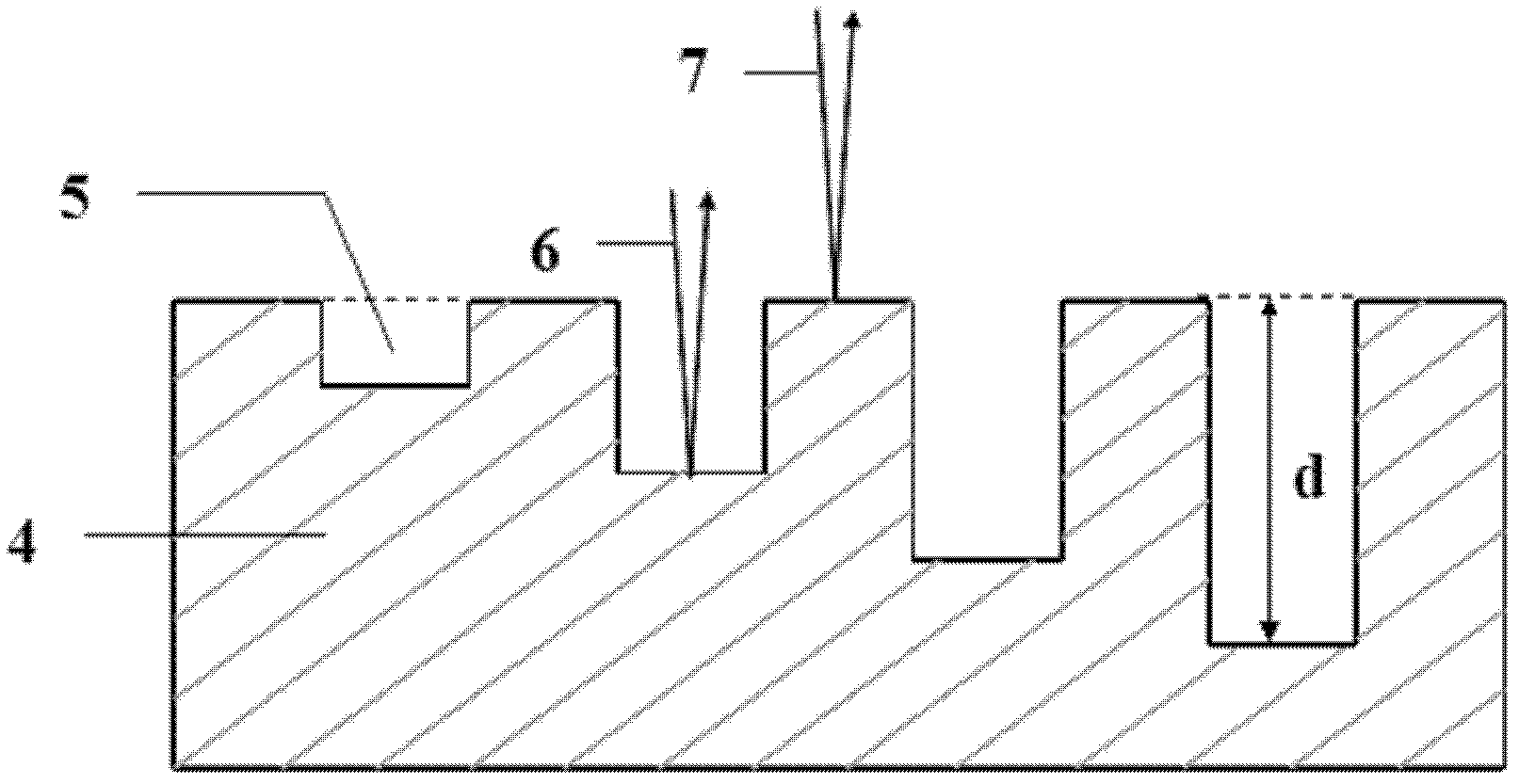Multi-dimensional optical storage disc and data read-out method thereof
An optical storage and optical disc technology, applied in optical recording/reproducing/erasing methods, recording/reproducing/erasing using optical interference patterns, etc. problems such as difficulty in marketization, poor readout stability, etc., to achieve the effects of easy adjustment, good stability and improved storage capacity
- Summary
- Abstract
- Description
- Claims
- Application Information
AI Technical Summary
Problems solved by technology
Method used
Image
Examples
Embodiment Construction
[0031] The present invention will be further explained below in conjunction with the drawings.
[0032] figure 1 It is a schematic diagram of the theoretical abstract model of the present invention.
[0033] In a limited recording space (such as an optical disc with a diameter of 120 mm), in order to increase the storage capacity, the size of the optical recording bit can only be reduced. If the storage space of an optical disc is regarded as a fixed-size cuboid, then each recording position is a small cuboid that exists in this cuboid. The traditional development idea of optical storage is to reduce the size of this small cuboid (recording position), including XY Two-dimensional storage of plane and three-dimensional storage of XYZ space.
[0034] The invention aims to increase the storage capacity of the optical disc by multiplexing the laser domain parameters without changing the size of the optical storage recording bit. In the limited optical storage medium 1, the traditiona...
PUM
 Login to View More
Login to View More Abstract
Description
Claims
Application Information
 Login to View More
Login to View More - R&D
- Intellectual Property
- Life Sciences
- Materials
- Tech Scout
- Unparalleled Data Quality
- Higher Quality Content
- 60% Fewer Hallucinations
Browse by: Latest US Patents, China's latest patents, Technical Efficacy Thesaurus, Application Domain, Technology Topic, Popular Technical Reports.
© 2025 PatSnap. All rights reserved.Legal|Privacy policy|Modern Slavery Act Transparency Statement|Sitemap|About US| Contact US: help@patsnap.com



